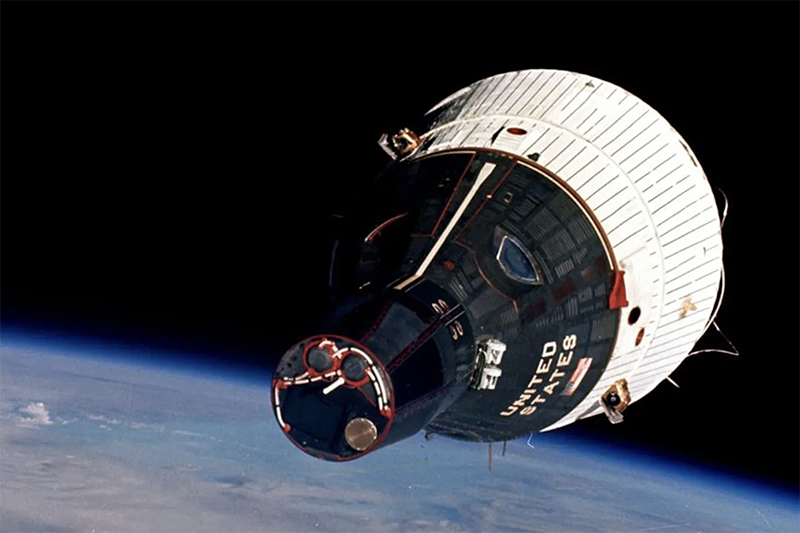It is our planet and the only one known so far with life. It is the largest of the rocky planets, located at an appropriate distance from the Sun so that it does not get too hot or cold. Its atmosphere, the gaseous layer that surrounds it, provides a breathable environment, being composed of 78% nitrogen, 21% oxygen and 1% of other elements. Seven out of ten parts of its surface are covered with water, where its oceans also help regulate temperature. The water that evaporates forms clouds and falls as rain or snow, forming rivers and lakes.
The Earth's crust is made up of plates that float on the mantle, a layer of materials that sometimes emerges and forms volcanoes. At the core are the heaviest materials, metals. The rapid rotational movement and the metallic core generate a magnetic field that, together with the atmosphere, protects from harmful radiation from the Sun and other stars.
The Earth, the living planet
Our planet has a series of advantages that make life possible. Both the distance to the Sun, the period of rotation and translation, the inclination of the axis and a strong and rich atmosphere are some of the most important factors that determine the Earth as a planet overflowing with life. Our planet can have acceptable seasons of the year and periods of day and night so as not to be scorched or frozen by the presence and absence of the Sun, respectively.

Our atmosphere contains several chemical elements, such as ozone, that protect us from lethal radiation from space, filtering X and Gamma rays, as well as some of the harmful ultraviolet (UV) rays. Likewise, the atmosphere protects us from countless small nearby rocky bodies, most of them pulverizing at high altitudes, causing the luminous phenomenon of meteors. Provided with liquid water, the Earth provides a rich environment for the proliferation of living organisms, whose maximum expression in terms of complexity is the human species. Plants, on the other hand, are very important in the conversion of CO2 to oxygen through photosynthesis. The existence of liquid water is undoubtedly the most critical aspect in the existence of life, only known on our planet.
The Earth has been widely explored, studied and photographed from space, since satellites began to be launched and missions carried out in Earth orbit. Our planet has been portrayed with high resolution images and multiple technologies to have a precise topography of the planet. Today there are millions of images of the Earth in all its extension, with which it has been possible to know much more about our planet, atmospheric, climatic and geographical data.

Likewise, space exploration has made it possible to put telecommunications satellites into orbit, contributing to globalizing and interconnecting all corners of the planet. Space telescopes and countless scientific instruments have also been placed, highlighting the International Space Station, a technical operations center for astronauts and a possible starting station for future manned exploration missions.
| CHARACTERISTICS | |
| Diameter | 12,756 km |
| Mass | 5,974 x 1024 kg |
| Density | 5.52g/cm3 |
| Gravity | 9.78 m/s2 (1 Earth) |
| Surface temperature | 60 ºC (max) / -90 ºC (min) |
| Axial inclination | 23° 44′ |
| Escape velocity | 11.18 km/s |
| Rotation | 23h 56m 4s |
| Translation | 365.2422d |
| Orbital speed | 29.78 km/s |
| Eccentricity | 0,0167 |
| Albedo | 0,37 |
| Distance to the Sun (average) | 149,597,900 (1 AU) |
| Number of satellites | 1 |

